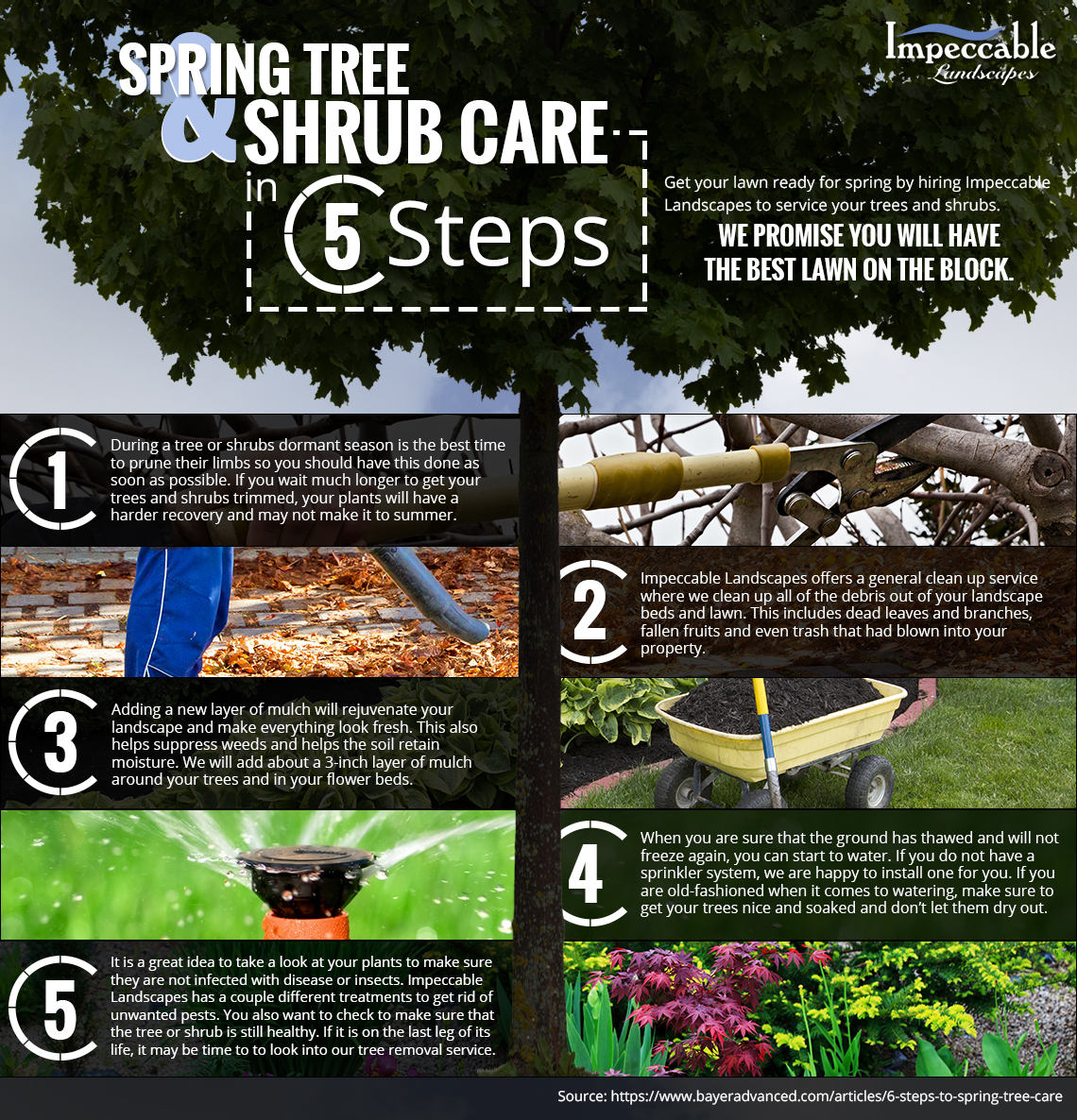Watch For Key Signs That Suggest Your Tree Could Posture A Threat; Recognizing These Can Protect Your Home And Family.What Should You Keep An Eye On Following?
Watch For Key Signs That Suggest Your Tree Could Posture A Threat; Recognizing These Can Protect Your Home And Family.What Should You Keep An Eye On Following?
Blog Article
Write-Up By-Vogel Goodman
When it involves tree treatment, identifying the signs that it's time for removal is vital for your safety and property. Starting A Stump Grinding Business could observe blemished leaves, wilting branches, or odd fungal growths indicating health issue. Structural concerns, like a significant lean or splits in the trunk, can also present dangers. Recognizing these warning signs can aid you make informed choices about your trees and stop prospective dangers prowling in your backyard. What should you search for following?
Indicators of Degeneration and Illness
When you observe indicators of degeneration and illness in your trees, it's crucial to act promptly. Search for discolored leaves, wilting branches, or unusual growths like fungi. These can indicate that your tree is struggling.
If you see splits in the bark or soft, mushy timber, these signs suggest inner degeneration. Furthermore, an unexpected increase in pests around your tree can indicate that it's damaged and at risk.
Look for any type of dead or dying arm or legs, as they present a risk to your building and security. If you're uncertain concerning what you see, speaking with an arborist can offer quality.
Addressing these indicators early can conserve you from much more extensive damage and make sure the wellness of your lawn. Do not wait till it's too late.
Structural Instability and Leaning
As you observe your trees, keep an eye out for any kind of indicators of architectural instability or leaning. If a tree leans substantially, it may show that the root system is endangered.
Try to find any type of fractures in the trunk or dirt around the base; these can indicate prospective failure. In addition, look for uncommon growth patterns, like an unbalanced crown, which may suggest that the tree is battling to hold itself upright.
If you see that the tree leans toward your home, power lines, or various other structures, it presents a better threat. Don't neglect these indications-- get in touch with an arborist to analyze the situation.
Doing something about it early can stop costly damages and ensure your safety.
Dead or Dying Branches and Vegetation
If you observe dead or dying branches and foliage on your tree, it's a clear indication that something's incorrect.
These harmful locations can suggest underlying concerns like condition, pest infestations, or ecological stress and anxiety. When branches shed their leaves or turn brownish, they're no longer adding to the tree's wellness. Overlooking these indications can cause additional decline, making your tree more dangerous.
Dead branches can conveniently break short during storms, posing a danger to home and individuals nearby. It's crucial to examine the degree of the damages.
If the problem influences a considerable part of the tree, think about consulting a professional. They can help establish if removal is essential to make certain safety and maintain the charm of your landscape.
Conclusion
If you discover any type of indicators of decay, structural instability, or dead branches on your trees, do not neglect them. visit the up coming site can pose serious safety dangers to you and your home. It's constantly best to speak with a professional arborist who can offer a specialist evaluation of your trees. Doing something about it early can protect against crashes and expensive damage, ensuring your landscape remains safe and healthy. Remember, it's far better to be positive about tree treatment than to wait for a catastrophe to happen.
